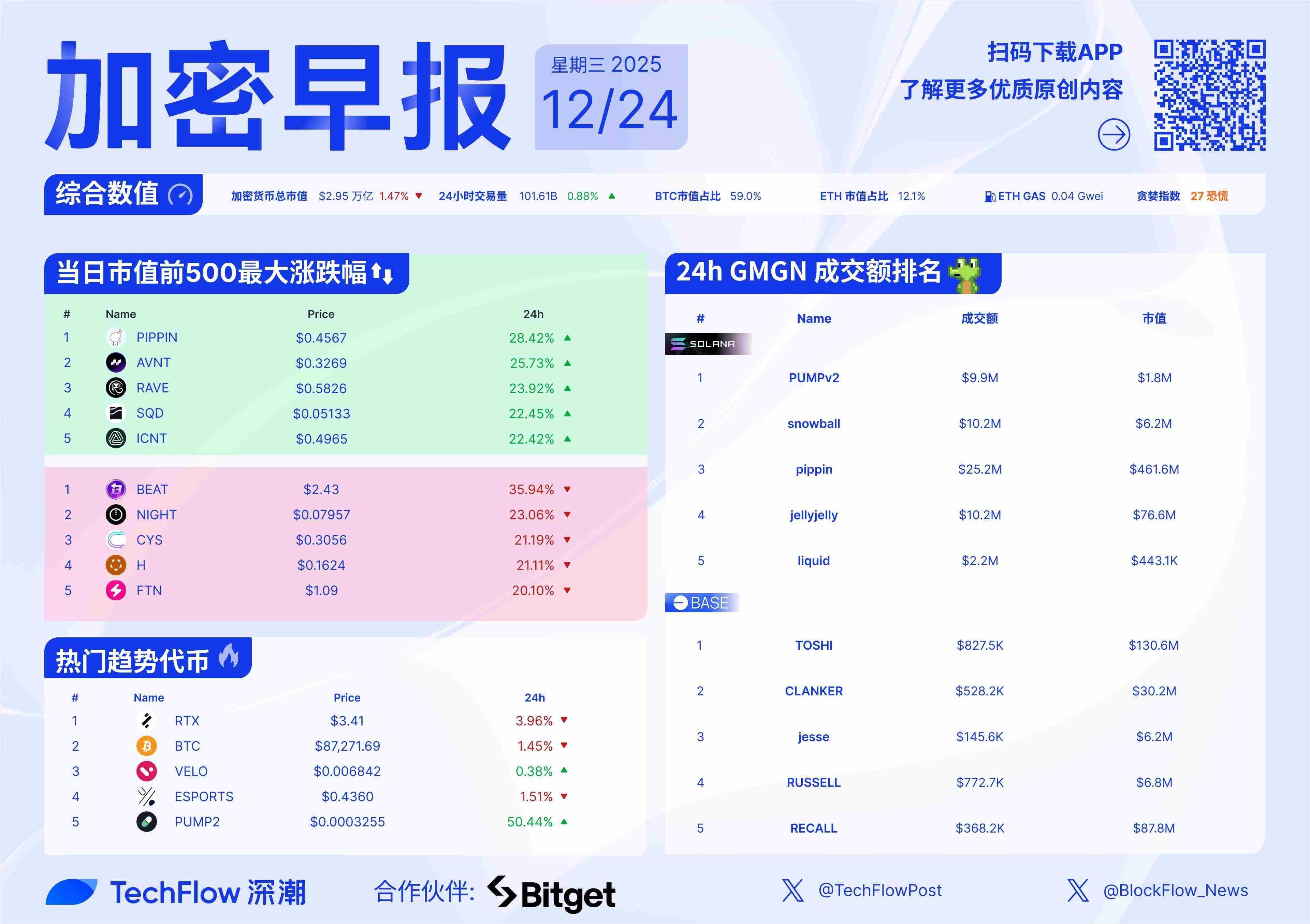Two Blockchain Infrastructures Bid To Launch Hyperliquid’s USDH Stablecoin
Decentralized exchange Hyperliquid’s plan for a USDH stablecoin has attracted competing interests from Paxos and Frax Finance.
Hyperliquid’s plan to introduce a native stablecoin, USDH, has sparked strong interest from two established players in the sector.
Paxos and Frax Finance have both submitted competing proposals, each offering a distinct model for how USDH should function and benefit the broader ecosystem.
Paxos Emphasizes Compliance and Institutional Reach for USDH
On Sept. 6, Paxos outlined its intent to bring USDH to market, emphasizing its track record in regulated stablecoins and global partnerships.
The company argued that its experience issuing BUSD, which at its peak exceeded $25 billion in circulation, equips it to deliver a stablecoin designed to meet GENIUS and MiCA standards.
Considering this, Paxos stressed that USDH would be backed by high-quality reserves such as US Treasuries, repos, and USDG.
“We’ve issued regulated stablecoins for 7+ years, and have experience running a $25Bn+ stablecoin for the largest exchange in the world (BUSD). We bring a level of trustworthiness to Hyperliquid to help reach institutions and 10x the entire Hyperliquid ecosystem. More likely 100x,” Max Fantle, a Paxos executive, said.
Paxos outlined a revenue model that directs 95% of returns from USDH reserves to repurchase HYPE tokens.
It plans to distribute those tokens to validators, protocols, and users, reinforcing Hyperliquid’s builder-code system of rewarding contributors.
The company also pledged to list HYPE across its brokerage network, which powers trading for platforms such as PayPal, Venmo, Nubank, MercadoLibre, and Interactive Brokers.
Frax Finance Offers Yield Sharing and Multichain Access
Frax Finance’s submission adopted a different tone, positioning its proposal as entirely community-driven.
The firm said USDH would be backed on a one-to-one basis by its own frxUSD alongside US Treasury securities managed by asset managers like BlackRock.
To encourage adoption, Frax proposed seamless redemption across frxUSD, USDC, USDT, and fiat currencies.
Hyper-performant chains deserve high-performance stablecoins. That's why we submitted a proposal to issue @HyperliquidX's stablecoin $USDH natively.100% of the underlying yield to the HL community to keep building.When you build the best product, everyone wins.Hyperliquid.
— Frax Finance ¤¤ (@fraxfinance) September 6, 2025
Unlike Paxos, Frax is committed to distributing the full yield from those treasuries directly to Hyperliquid users through on-chain mechanisms.
It also pointed to FraxNet’s existing multichain infrastructure, which connects more than 20 networks. This framework would give USDH cross-chain functionality while keeping the stablecoin native to Hyperliquid.
Frax concluded that Hyperliquid governance would retain ultimate authority over USDH. This governance group retains the power to alter the stablecoin’s framework regardless of the chosen issuer.
Disclaimer: The content of this article solely reflects the author's opinion and does not represent the platform in any capacity. This article is not intended to serve as a reference for making investment decisions.

